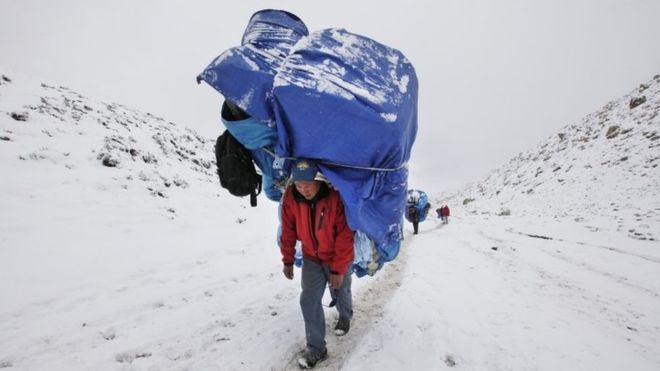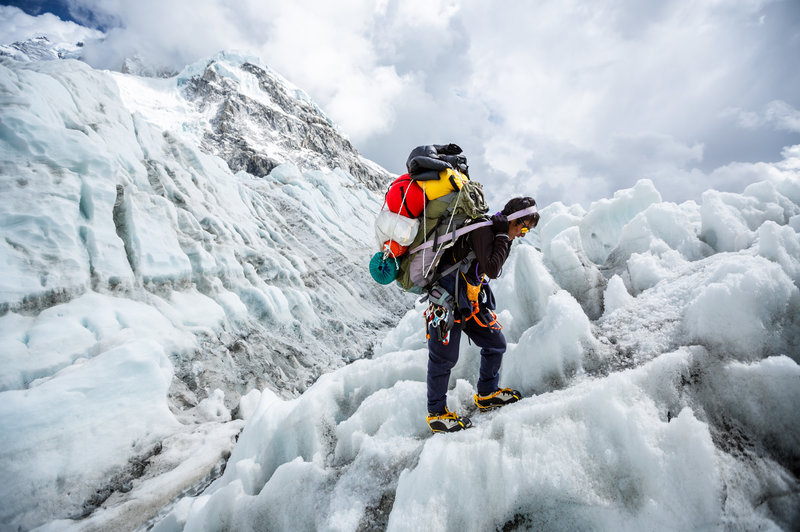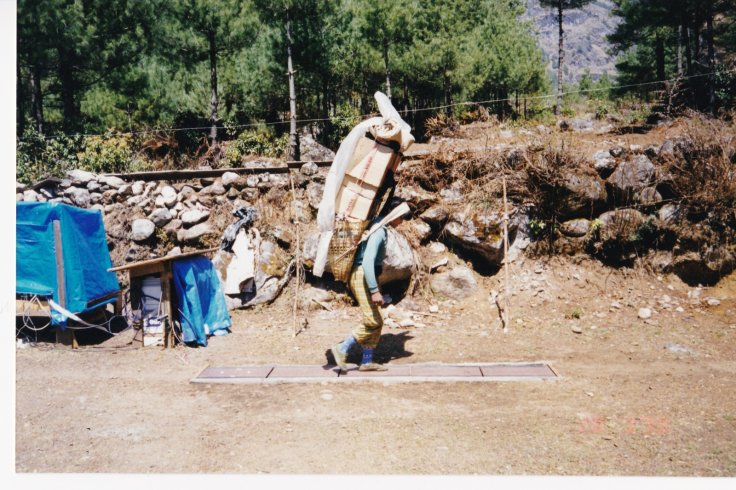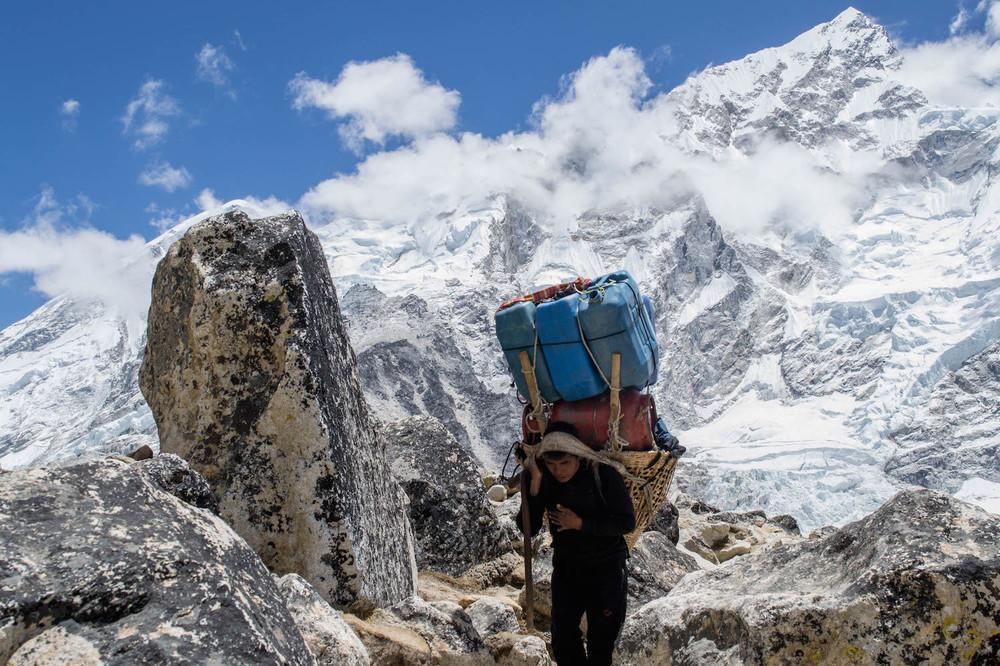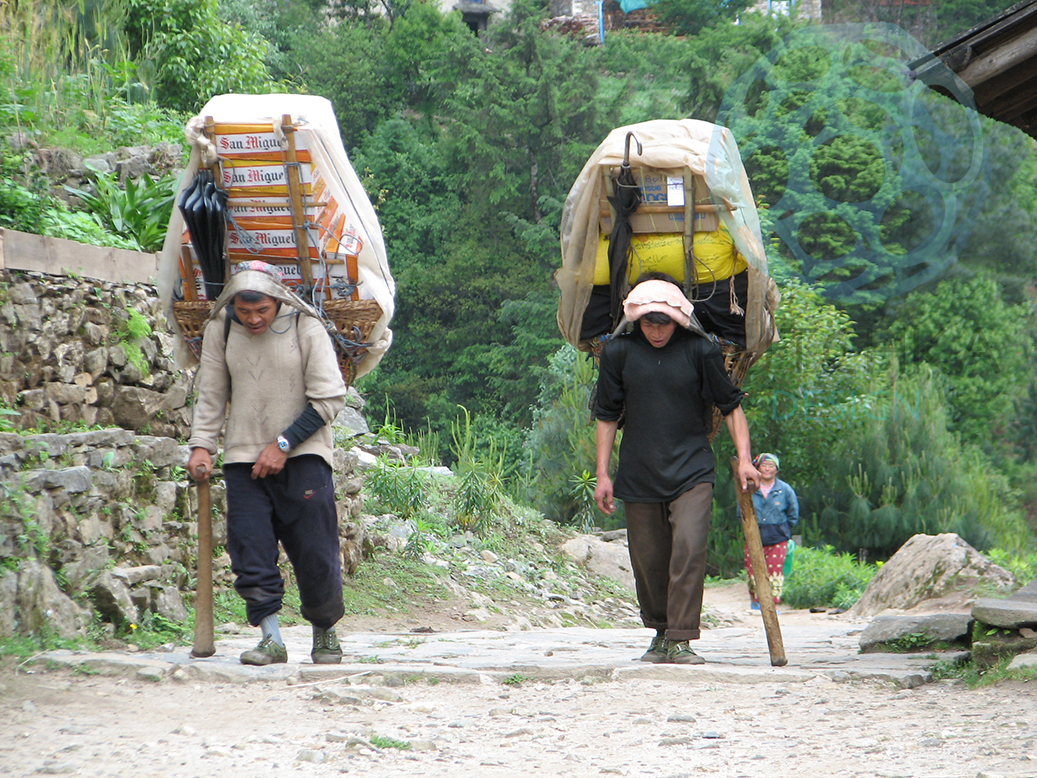What Makes These Porters So Strong That They Can Carry Loads More Than Their Bodyweight?
They are the most energy-efficient load-carriers in the world.
A Nepalese portal can carry a load equivalent to 100% (and sometimes even more) of his body weight. In fact, those short and skinny men are the most energy-efficient load-carriers in the world.
And they do so often wearing flip flops or worn out shoes.
They trek across Himalayan glaciers more than 5,000 metres above sea level with a far greater efficiency than soldiers carrying backpacks with equivalent loads.
Who are they? They are called Sherpas
An ethnic group from Nepal numbering around 150,000.
They have lived in the high altitudes of the Himalayas for generations, long serving as guides and porters, doing everything from carrying the loads to setting up the camps.
Renowned for their climbing skills and superior strength and endurance at high altitudes, Sherpas secure climbing routes, fix lines, ferry supplies and guide their western clients to the top of Mount Everest and other Himalayan peaks.
In other words, Sherpas with their local expertise and what they do with it has made this ethnic Nepalese group extremely invaluable to mountaineering.
How do the Nepalese porters do it?
The Sherpas are like a fuel-efficient car. They get more energy for less oxygen
After centuries of living at high altitude, they have evolved to master the ability to survive in the Himalayan atmosphere.
In order to find out how the porters manage such feats of strength and endurance at high altitude, a scientist from the Université catholique de Louvain (Belgium), who investigates techniques used by people to carry heavy burdens for lengthy periods, took his colleagues and went to the town of Namche, near Mount Everest.
"We went to these guys because they have the reputation for being the best porters."
Researcher Norman Heglund and his colleagues conducted a study, which was published in the Journal of Experimental Biology
It showed that Nepalese porters do not resort to any energy-conserving mechanisms to reduce the burden of carrying heavy loads.
During their field research, Heglund and his colleagues flagged down porters and weighed loads of study volunteers on the approach to Namche one day. More than 500 men and about 100 women carried about 30 tonnes of material to the market that day.
On average, the men bore 93 percent and women 66 percent of their body weight.
"It's quite impressive to see those guys walking with such heavy loads," said Heglund's teammate Bénédicte Schepens, adding that the feat is particularly impressive because "they're not very well equipped and have very bad shoes."
The team of researchers found that the Sherpas/Nepalese porters, in order to put up with their load, preferred to stop in order to rest regularly. Sometimes they even paused more than they walked.
The Nepalese porter uses a simple yet effective gear.
The loads they carry goes into an oversized basket, called doko, which rests against their back, with a strap that runs underneath the doko and the crown of the head. Due to this technique, a porter's head bears the most of the weight.
Each porter also carries a T-shaped walking stick called a tokma.
On a steep incline, they will walk for as little as 15 seconds and rest for 45. At each stop, they use their tokma to support their load, which allows a standing rest.
To sum up, Nepalese porters are able to perform such feats of strength and endurance at high altitude because they have adapted over a lifetime of carrying loads, often beginning in childhood.
Secondly, the porters are small in stature. This means they can carry proportionately higher loads, according to researcher Heglund.
Thirdly, they take their time, starting before dawn and finishing after dusk, walking slowly – less than 2kmph – and taking frequent breaks.
The strategy of short intense exercise periods followed by frequent rest periods allows them to work at a high-intensity level, spread out over many hours each day.
